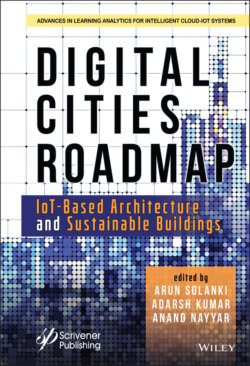Читать книгу Digital Cities Roadmap - Группа авторов - Страница 19
1.4.2 Paradigm and Challenges of Sustainability and Resilience
ОглавлениеA basic yet strong definition is sustainable development to ensuring that society “combines the present need without compromising potential generations’ capacity to fulfill their needs” (UN 1987). The groundbreaking Bruntland Commission study on sustainable growth presented this Sustainable development concept for the first time. With the implementation of the Sustainable Development Goals in 2015, sustainable development remains an international initiative which has motivated policy and individuals worldwide to alleviate some of the more drastic consequences of mankind on the global operation of the environment.
The idea of cohesive societies emerged concurrently. Application and special concept of resilience to a variety of subjects and dimensions, include psychology, economics, public safety, protection, business continuity, disaster preparation and reaction, risk reduction and ability of the building system (i.e. design, transport, services and other infrastructure) to physically resist and rapidly recover. In terms of populations and dangerous incidents, “the capacity to adjust and withstand and recover rapidly from damage” is specified (PPD-21 2013). The idea of building resilience and infrastructure systems, in order to minimize damage to the environment, restore and reconstruct expenses as well as economic impacts, is to be avoided until a certain point, then improve or recover over a certain period of time [21, 22, 26–28]. In reality there also are situations where the constructed system cannot avoid only threshold hazard in terms of the different facilities age and circumstances around a city. Throughout these situations, contingency preparation may be used to recognize performance gaps and transitional measures which would allow the society to continue to deliver services, if the building(s) or network system(s) impacted is not willing to do so. Such performance holes often present the possibility of beginning an innovative cycle to enhance construct environments efficiency.
Figure 1.1 Natural hazard year wise in US.
Natural disasters will affect societies by human loss, relocation, death, property harm and economic impacts. Such consequences and sluggish group rebounder may be amplificated by structural stressors like high unemployment, inadequate services or food shortages. The National Environmental Awareness Centers (NOAA, 2018a) report that 218 extreme weather events happened in the USA between 1980 and 2017 worth at least $1 billion. The degree to which societies have been affected and lost their work from natural disasters is seen in Figure 1.1. The enhancement of construction and infrastructure’s robust and sustainable efficiency will help cities escape major economic loss and long-term consequences.
